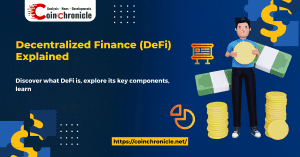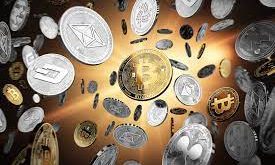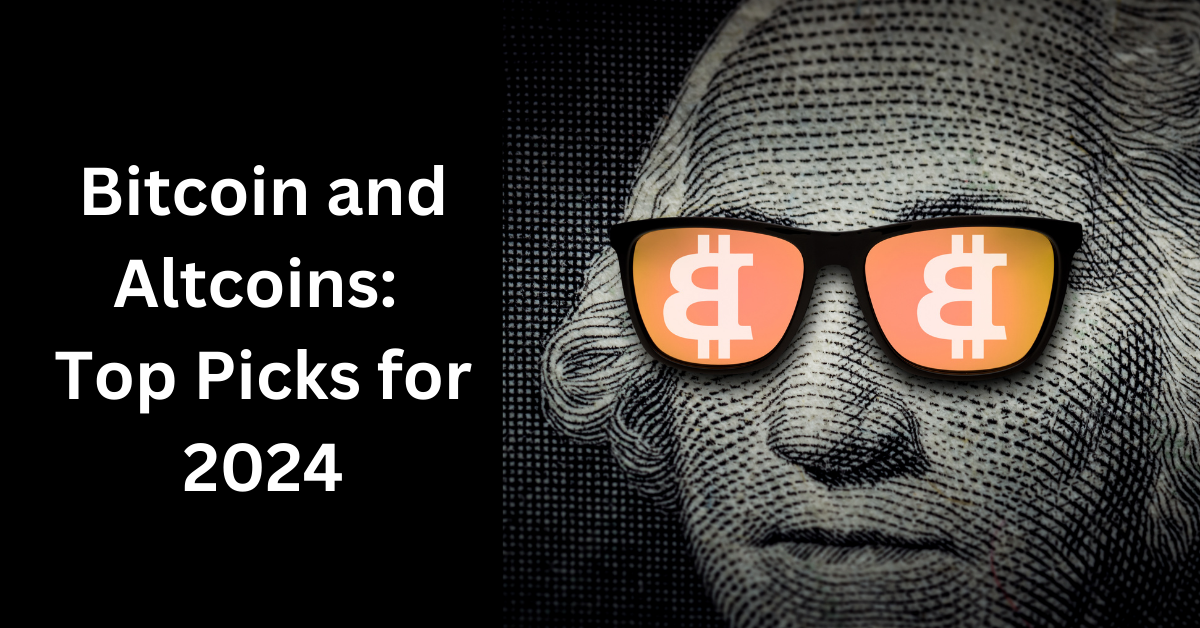
how it transforms traditional banking, and understand the opportunities and risks of investing in DeFi.
Find out the future outlook of DeFi adoption.Decentralized Finance (DeFi) has become a hot topic in the world of finance and technology in recent years. But what exactly is DeFi and how does it work? In this blog post, we will delve into the concept of DeFi and explore its key components, its potential to transform traditional banking systems, and the opportunities and risks associated with investing in DeFi.
We will also discuss the future outlook of DeFi adoption and its impact on the financial industry. Whether you’re a seasoned investor or simply curious about the latest trends in finance, this post will provide you with a comprehensive understanding of DeFi and its implications for the future. So sit back, relax, and join us on this journey into the world of decentralized finance.
Definition: What is DeFi?
Decentralized Finance (DeFi) is a rapidly growing sector within the cryptocurrency and blockchain industry. It refers to the use of decentralized networks and open-source software to transform traditional financial systems into more transparent, accessible, and democratic alternatives. In essence, DeFi aims to provide financial services such as lending, borrowing, trading, and investing, but without the need for traditional intermediaries like banks or financial institutions. Instead, DeFi relies on smart contracts, decentralized applications (dApps), and blockchain technology to create an open and permissionless financial ecosystem.
One of the key principles of DeFi is the concept of decentralization. Unlike traditional finance, where a centralized authority controls and manages the financial infrastructure, DeFi operates on a network of interconnected protocols and smart contracts, eliminating the need for a single point of control. This decentralized nature of DeFi not only reduces the risk of censorship and fraud but also provides greater transparency and security for users.
Furthermore, DeFi applications are designed to be interoperable, meaning they can seamlessly connect and interact with each other, creating a more interconnected and efficient financial system. This interoperability allows users to easily access a wide range of financial services and assets, regardless of their location or background, leading to greater financial inclusion and accessibility.
Overall, DeFi represents a fundamental shift in the way we think about and access financial services. By leveraging the power of blockchain technology and decentralized networks, DeFi aims to democratize finance, empower individuals, and create a more inclusive and transparent global financial system.
Key Components of DeFi Systems
Decentralized Finance, or DeFi, is a revolutionary concept that aims to transform traditional banking systems by utilizing blockchain technology and smart contracts. The key components of DeFi systems include smart contracts, decentralized applications (dApps), digital assets, and decentralized exchanges (DEX).
Smart contracts are self-executing contracts with the terms directly written into code. They allow for automatic and trustless transactions, eliminating the need for intermediaries. Decentralized applications, or dApps, are applications that run on a decentralized peer-to-peer network rather than a single central server. These dApps provide various financial services such as lending, borrowing, and trading.
Digital assets play a crucial role in DeFi systems, as they are the native tokens used for transactions and governance within the ecosystem. These digital assets can represent various forms of value, such as stablecoins pegged to fiat currencies or cryptocurrencies. Decentralized exchanges, or DEX, are platforms that facilitate the trading of digital assets without the need for a central authority. They enable users to trade assets directly with one another in a secure, transparent, and non-custodial manner.
These key components work together to create a financial system that is open, transparent, and accessible to anyone with an internet connection. By leveraging these components, DeFi systems aim to democratize finance, providing individuals with greater financial freedom and control over their assets.
How DeFi Transforms Traditional Banking
DeFi, or decentralized finance, is a rapidly growing sector of the financial industry that is revolutionizing the way traditional banking operates. By leveraging blockchain technology and smart contracts, DeFi eliminates the need for intermediaries and allows for direct peer-to-peer transactions, loans, and asset management.
One of the key ways in which DeFi transforms traditional banking is through its accessibility. Traditional banking systems are often inaccessible to large segments of the population, particularly in developing countries. DeFi, on the other hand, provides a platform for anyone with an internet connection to access financial services, without the need for a traditional bank account.
Another transformative aspect of DeFi is its decentralization. Instead of relying on centralized institutions to manage and oversee financial transactions, DeFi operates on a decentralized network of computers, making it more resilient to manipulation and fraud. This not only increases transparency and security but also reduces the risk of single points of failure.
Furthermore, DeFi is redefining traditional banking by offering more efficient and cost-effective solutions. With lower transaction fees, faster processing times, and greater flexibility, DeFi is challenging the status quo of traditional banking and forcing traditional institutions to adapt to the changing landscape of finance.
Investing in DeFi: Opportunities and Risks
Decentralized Finance, or DeFi, has gained significant attention in the financial world as an alternative to traditional banking and investment systems. With the potential for high returns and the ability to access financial services without the need for intermediaries, investing in DeFi presents both opportunities and risks for individuals and institutions.
One of the key opportunities of investing in DeFi is the potential for high returns. Many DeFi projects offer attractive interest rates on deposits and loans, allowing investors to earn significant profits on their capital. Additionally, the ability to access financial services such as lending, borrowing, and trading without the need for approval from traditional financial institutions opens up new avenues for investment and wealth accumulation.
However, investing in DeFi also comes with its own set of risks. The decentralized nature of DeFi platforms means that there is limited regulatory oversight, leading to potential security vulnerabilities and susceptibility to fraudulent activities. In addition, the volatile nature of cryptocurrency markets, which many DeFi projects are based on, can result in significant financial losses for investors.
Despite the risks associated with investing in DeFi, the potential for high returns and the ability to access innovative financial services make it an attractive option for individuals and institutions looking to diversify their investment portfolios. As the DeFi ecosystem continues to evolve and mature, it is essential for investors to carefully weigh the opportunities and risks before participating in this rapidly growing space.
The Future Outlook of DeFi Adoption
Decentralized Finance, or DeFi, has been making waves in the financial industry with its innovative approach to traditional banking and investing. As the technology continues to evolve, many experts believe that the future outlook of DeFi adoption is promising. With the growing interest from both individual and institutional investors, the potential for widespread adoption of DeFi systems is becoming more and more apparent.
One of the key factors driving the future outlook of DeFi adoption is the increasing awareness and understanding of the benefits it offers. From lower fees and faster transactions to greater financial inclusivity, DeFi presents a compelling alternative to traditional banking systems. As more people become educated about the advantages of DeFi, the demand for these decentralized financial services is expected to surge.
Furthermore, the development of DeFi infrastructure and regulatory frameworks is also set to play a significant role in shaping the future of DeFi adoption. As the technology matures and regulatory clarity improves, both retail and institutional investors will likely feel more confident in participating in DeFi platforms. This increased trust and stability could pave the way for widespread adoption and integration of DeFi into mainstream finance.
Looking ahead, the future of DeFi adoption also holds the potential for new and innovative use cases. From decentralized lending and borrowing to asset management and beyond, DeFi systems are constantly evolving to meet the changing demands of the market. This adaptability and versatility are key strengths that bode well for the continued growth and expansion of DeFi adoption in the years to come.
 Crypto Journal: Analyses, News, and Developments – Coin Chronicle Platform Coin Chronicle is your go-to source in the dynamic world of cryptocurrencies.
Crypto Journal: Analyses, News, and Developments – Coin Chronicle Platform Coin Chronicle is your go-to source in the dynamic world of cryptocurrencies.


